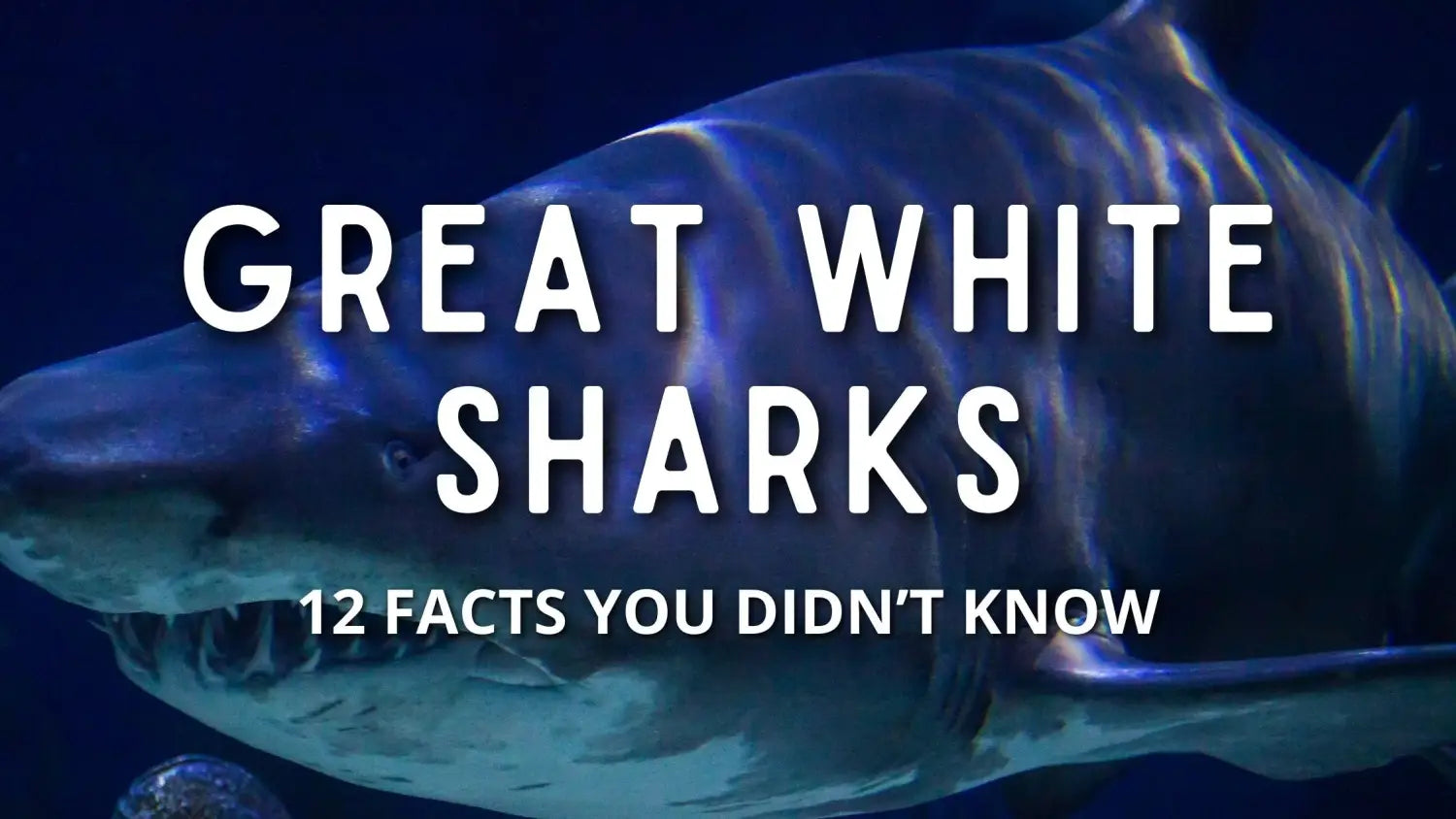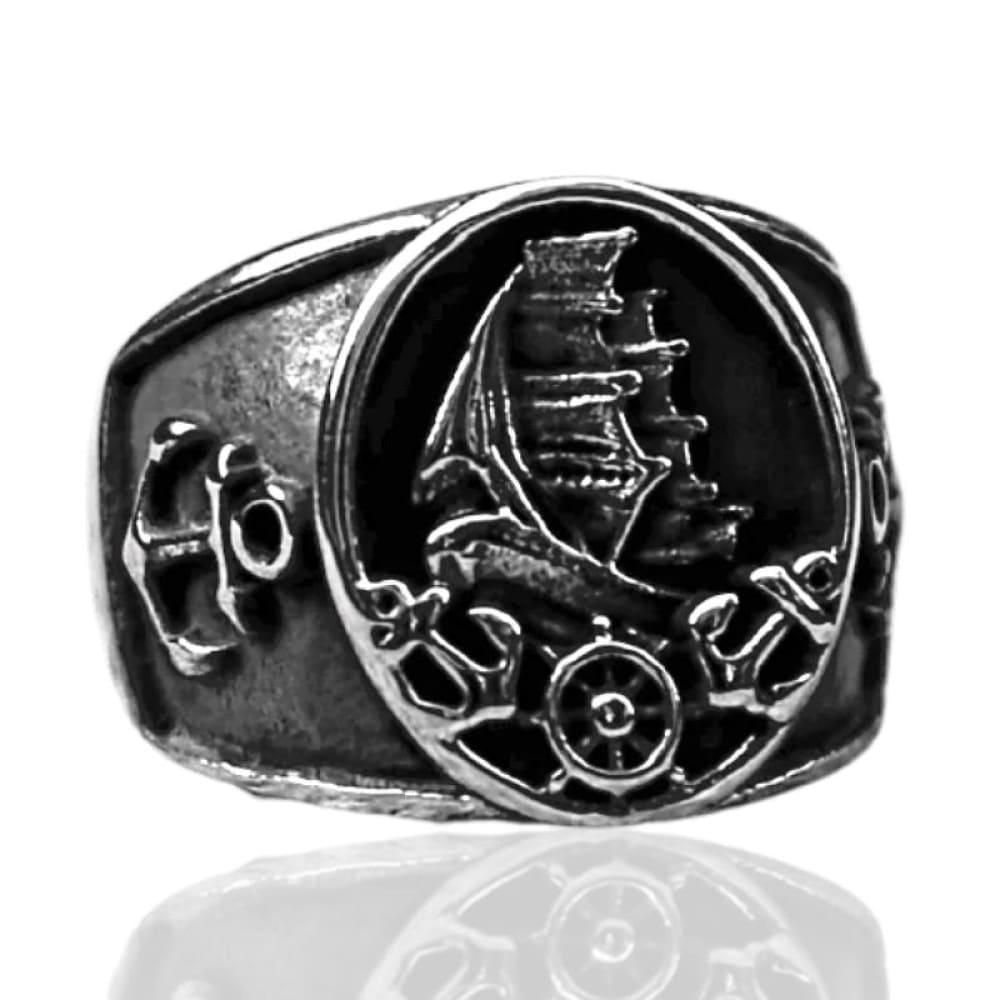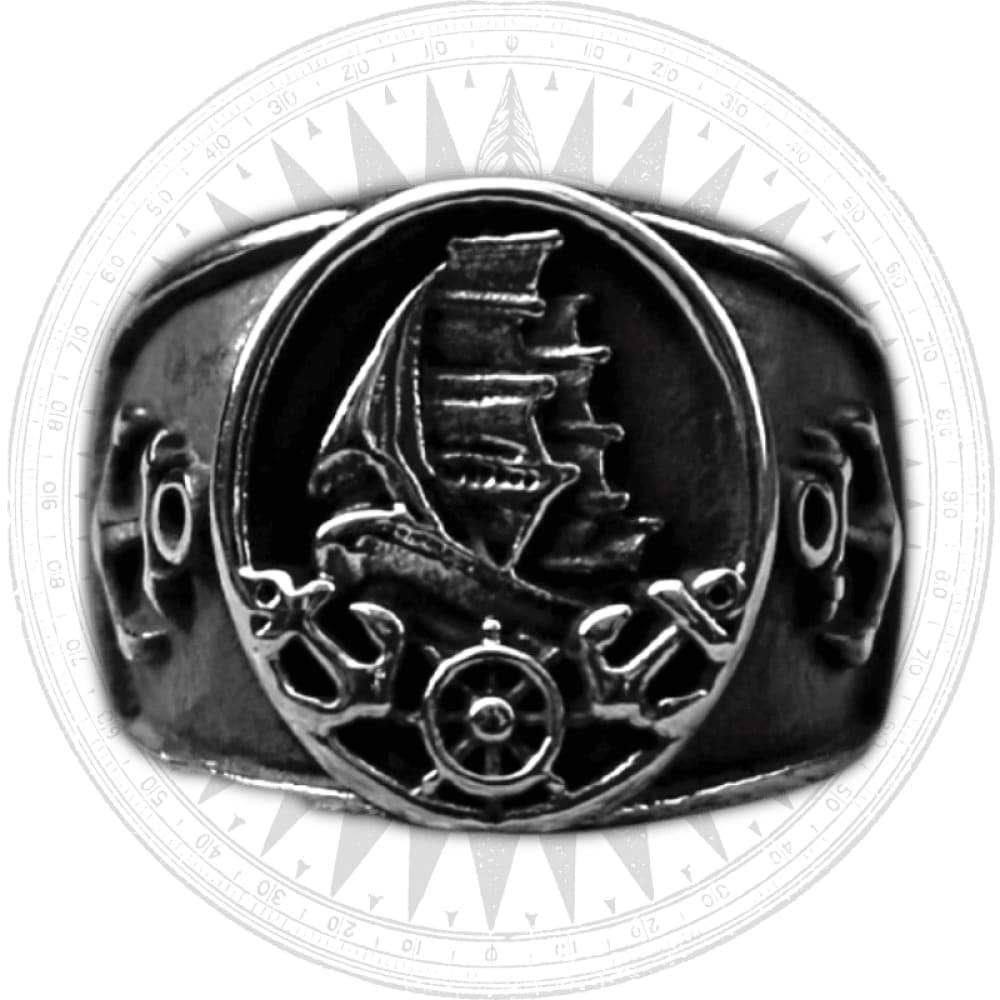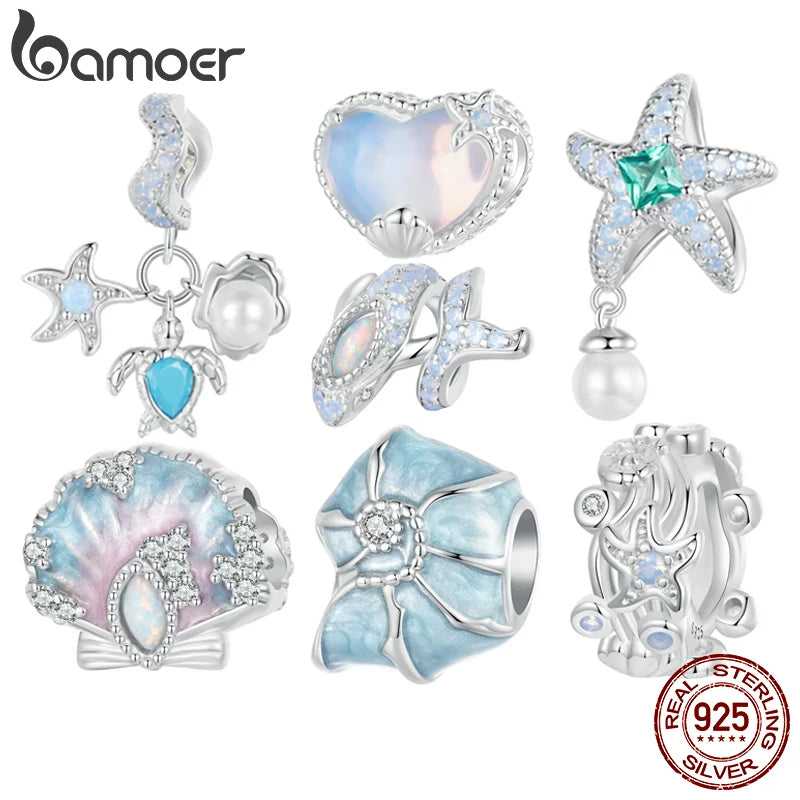Great white sharks, also known as Carcharodon carcharias, are one of the most iconic and feared species of shark in the world. With their powerful jaws and sharp teeth, great whites are the largest predatory fish on Earth, and they have long been the subject of fascination and fear.
Facts You Didn't Know About Great White Sharks
In this guide, we will take a closer look at these incredible animals and uncover some fascinating facts about great white sharks.
1. Great white sharks are found in temperate waters
Great white sharks are found in the temperate waters of the Pacific, Atlantic, and Indian Oceans. They are most commonly found in areas with seals, which are a favorite prey, and they are often found near the coasts. Great whites are migratory animals, and they may travel long distances in search of food and suitable habitat.
2. Great white sharks are the largest predatory fish on Earth
Great white sharks are the largest predatory fish on Earth, with some individuals growing up to 20 feet long and weighing over 5,000 pounds. They have a powerful build, with a large, triangular head and strong jaws that are filled with sharp teeth. Great whites have a streamlined body that allows them to swim quickly and efficiently, and they have a powerful tail that helps them to propel themselves through the water.
3. Great white sharks are apex predators
Great white sharks are apex predators, which means that they are at the top of the food chain and have no natural predators of their own. They are opportunistic eaters and will eat almost anything, including fish, seals, sea lions, and other sharks. Great whites are known to hunt in groups, and they have been known to attack humans in some cases.
As apex predators, great white sharks play an important role in the ocean ecosystem. They help to control the populations of other marine species, and they play a role in seed dispersal by eating fruits and berries. Great whites are also an important part of the food chain, and they are eaten by larger predators such as killer whales.
Despite their fearsome reputation, great white sharks are classified as endangered by the International Union for Conservation of Nature (IUCN). The main threats to great whites include overfishing, habitat loss, and pollution. Great whites are also caught as bycatch in fishing nets, and they are sometimes hunted for their fins, which are used in shark fin soup. It is important to protect great white sharks and the oceans that they call home to ensure the health and balance of the marine ecosystem.
4. Great white sharks have excellent senses
Great white sharks have excellent senses, which help them to locate and catch prey in the water. They have keen eyesight, which allows them to see in low light conditions, and they have sensitive olfactory organs that help them to detect smells. Great whites also have special cells called electroreceptors, which allow them to detect the electric fields produced by other animals, including their prey.
5. Great white sharks are viviparous
Like tiger sharks, great white sharks are viviparous, which means that they give birth to live young. Female great whites have a gestation period of about 11 months, and they give birth to litters of up to 14 pups. The pups are born fully developed and are able to swim and hunt for themselves.
6. Great white sharks are long-lived
Great white sharks are long-lived animals, with a lifespan of up to 70 years in the wild. They grow slowly, reaching sexual maturity at around 15 years of age, and they continue to grow throughout their lives. Great white sharks grow to their maximum size at around 30 years of age, and they may continue to reproduce until they are 50 years old or more.
7. Great white sharks are endangered
Despite their fearsome reputation, great white sharks are classified as endangered by the International Union for Conservation of Nature (IUCN). The main threats to great whites include overfishing, habitat loss, and pollution. Great whites are also caught as bycatch in fishing nets, and they are sometimes hunted for their fins, which are used in shark fin soup.
8. Great white sharks have a unique anatomy
Great white sharks have a unique anatomy that sets them apart from other sharks. They have a large, triangular head with powerful jaws that are filled with sharp teeth. Great whites have a streamlined body that allows them to swim quickly and efficiently, and they have a powerful tail that helps them to propel themselves through the water. Great whites also have gills, which allow them to extract oxygen from the water, and they have a special organ called a spiracle, which helps them to regulate their buoyancy.
One of the most distinctive features of great white sharks is their powerful jaws, which are filled with hundreds of sharp teeth. The teeth are arranged in multiple rows, and they are constantly being replaced as they wear down. Great whites use their teeth to catch and tear their prey, and they can exert a bite force of up to 1.8 tons per square inch, making them one of the strongest bite forces of any animal on Earth.
In addition to their powerful jaws and sharp teeth, great white sharks also have excellent senses, which help them to locate and catch prey in the water. They have keen eyesight, which allows them to see in low light conditions, and they have sensitive olfactory organs that help them to detect smells. Great whites also have special cells called electroreceptors, which allow them to detect the electric fields produced by other animals, including their prey.
9. Great white sharks have a unique reproductive system
Great white sharks have a unique reproductive system that is different from most other sharks. Female great whites have a pair of ovaries, but they only use one at a time to produce eggs. This means that great whites can produce offspring from both ovaries, but at different times. The exact reason for this reproductive system is not fully understood, but it may be related to the sharks' long lifespan and slow rate of reproduction.
10. Great white sharks have a role in cultural and media
Great white sharks have long been a popular subject in media and culture, and they have been featured in movies, books, and television shows. One of the most famous depictions of great white sharks is the movie "Jaws," in which a giant great white terrorizes a beach community. While great white sharks are certainly formidable predators, they are also important and fascinating animals that deserve our respect and protection.
11. Great white sharks can be found in aquariums
Great white sharks are occasionally kept in aquariums, where they can be seen by the public. While it is not common for great white sharks to be kept in captivity, some aquariums have successful breeding programs for the species. Visiting an aquarium can be a great way to learn more about great white sharks and other marine life, and it can also help to raise awareness about the importance of conservation.
12. Great white sharks have a unique mating behavior
Great white sharks have a unique mating behavior, in which the males bite the females on the pectoral fins as a way of holding onto them during copulation. This behavior can be quite violent, and the bites can leave deep scars on the females.
Facts You Didn’t Know About Great White Sharks Conclusion
Great white sharks are fascinating and powerful predators that are an important part of the ocean ecosystem. From their unique anatomy and reproductive system to their excellent senses and unique mating behavior, there is much to learn about these incredible animals. By understanding more about great white sharks, we can help to protect them and the oceans that they call home.



















